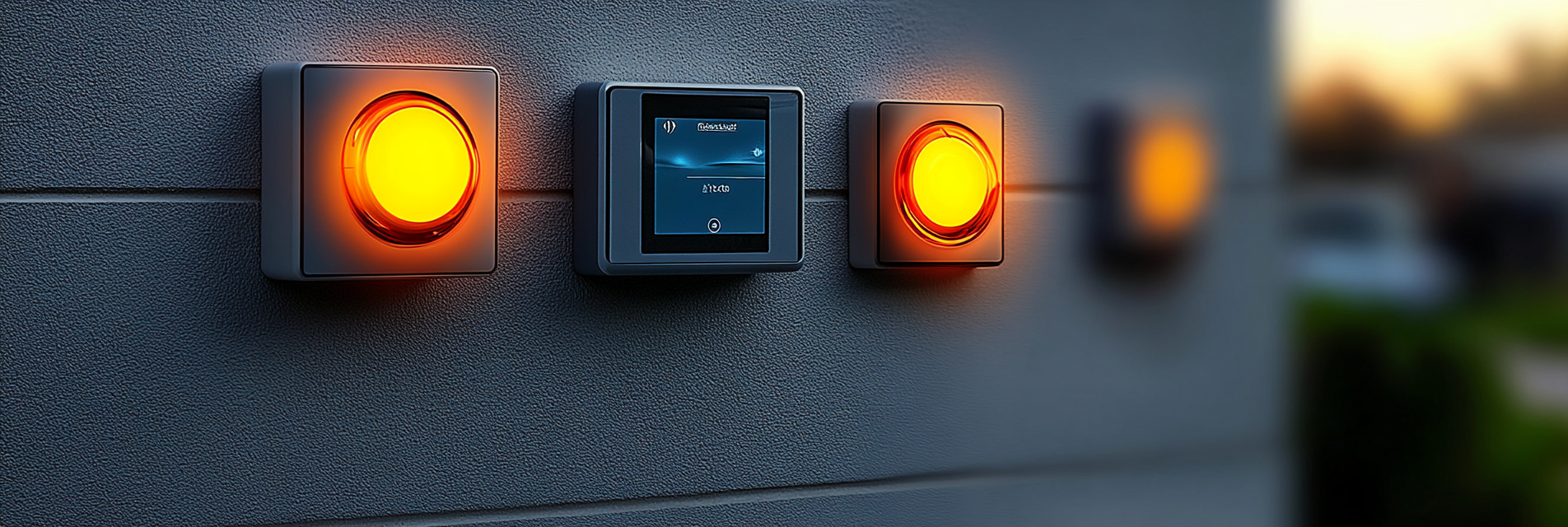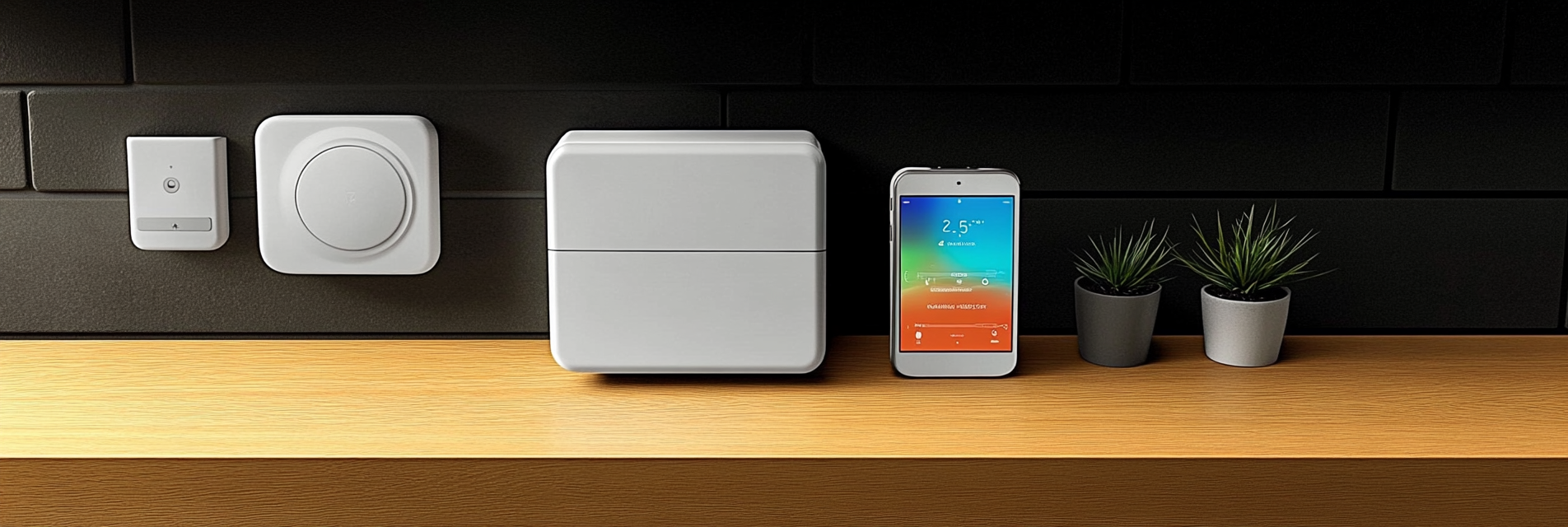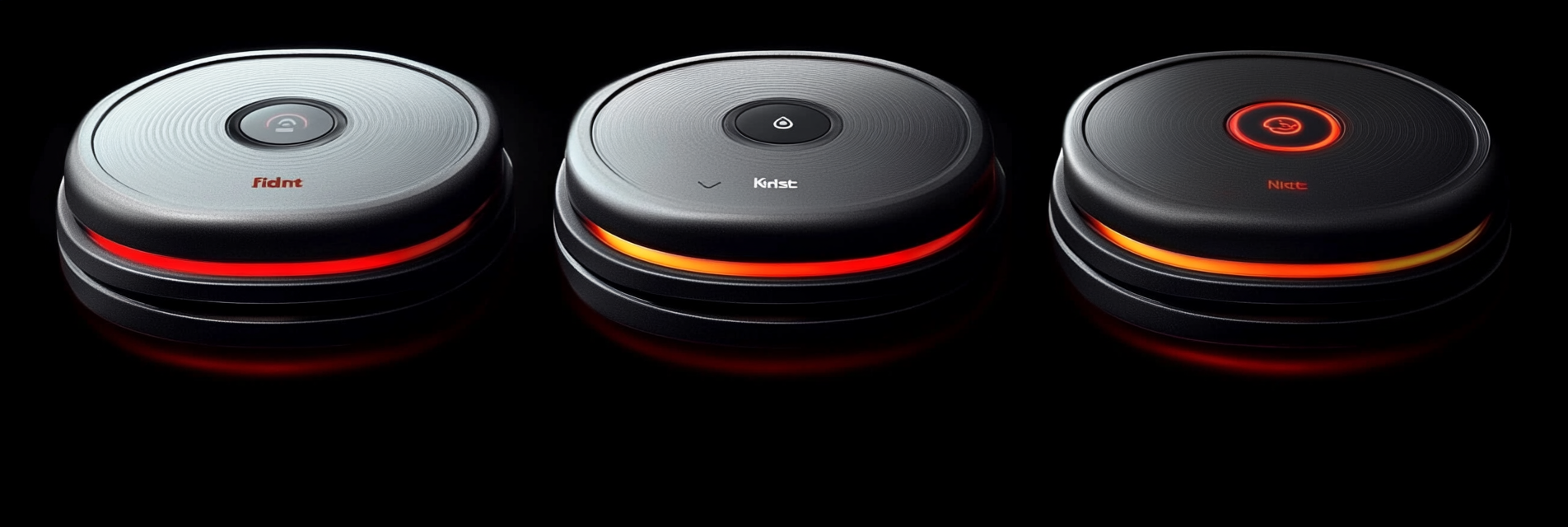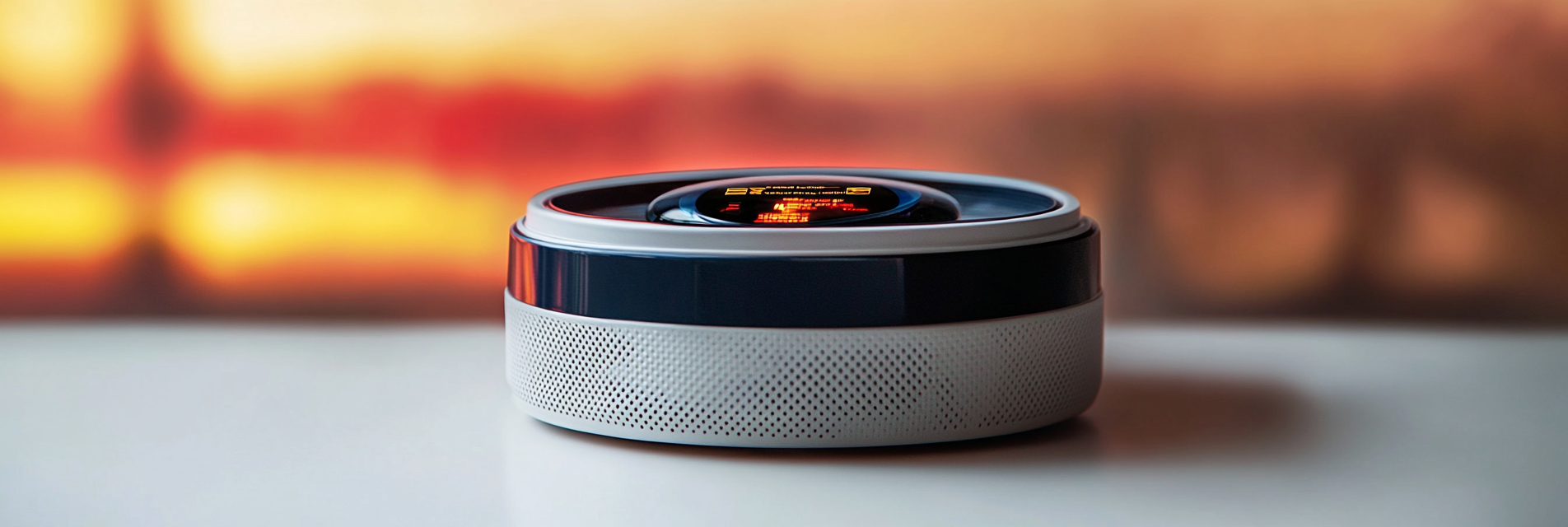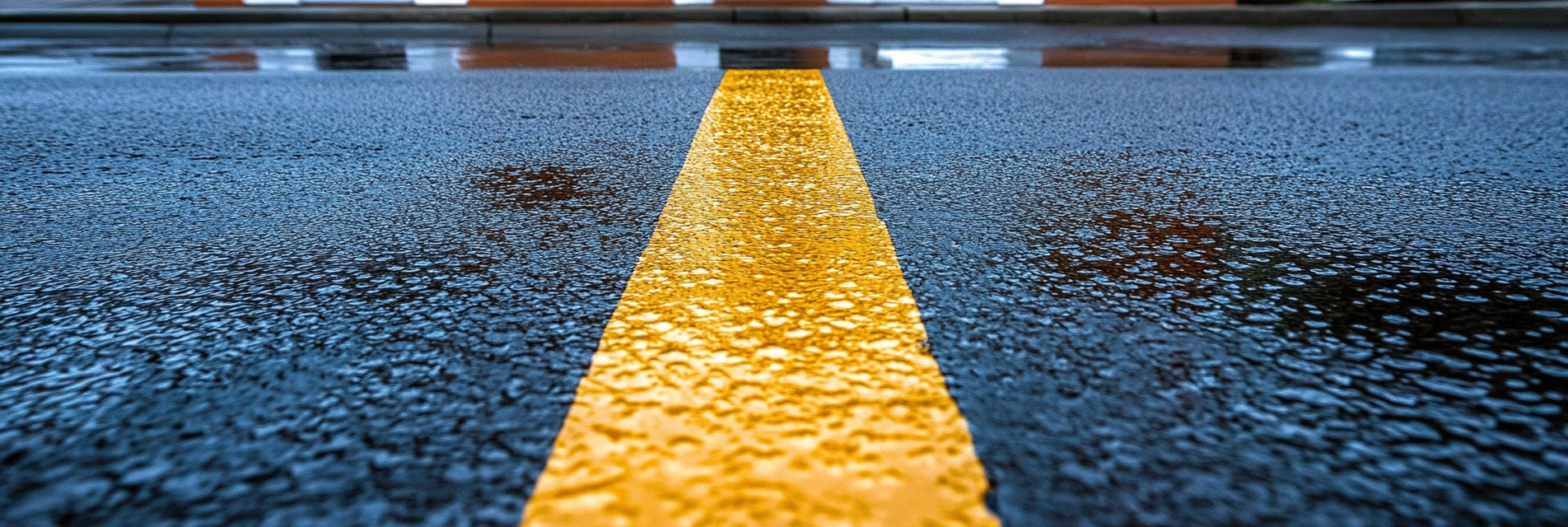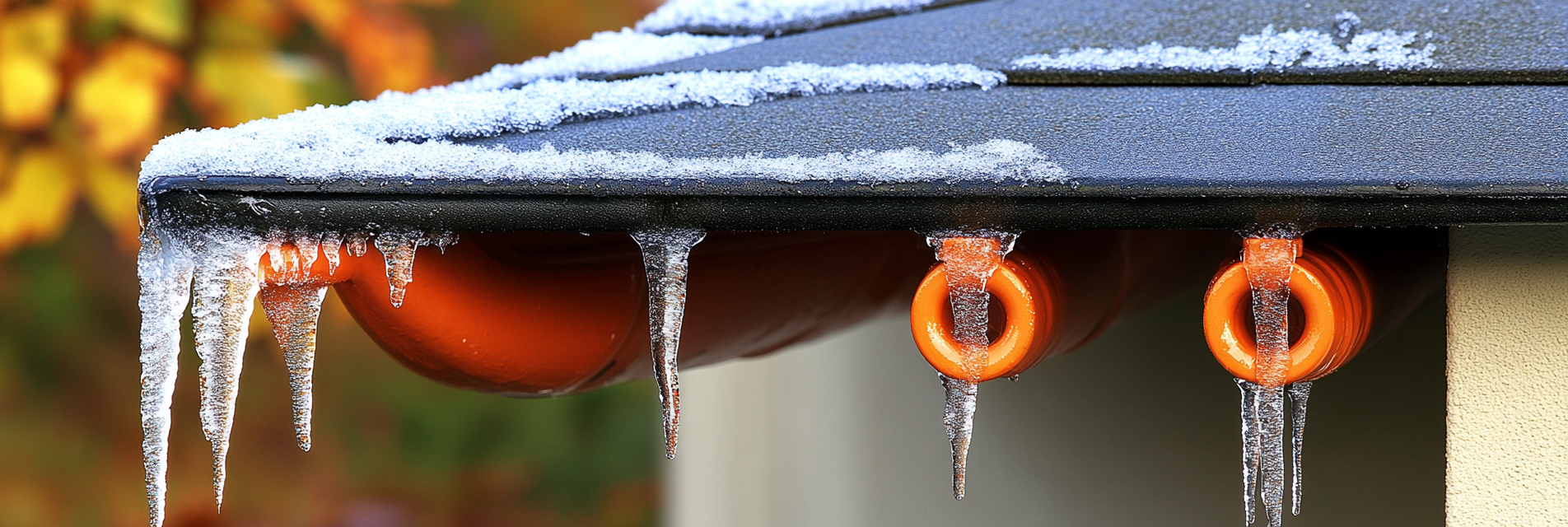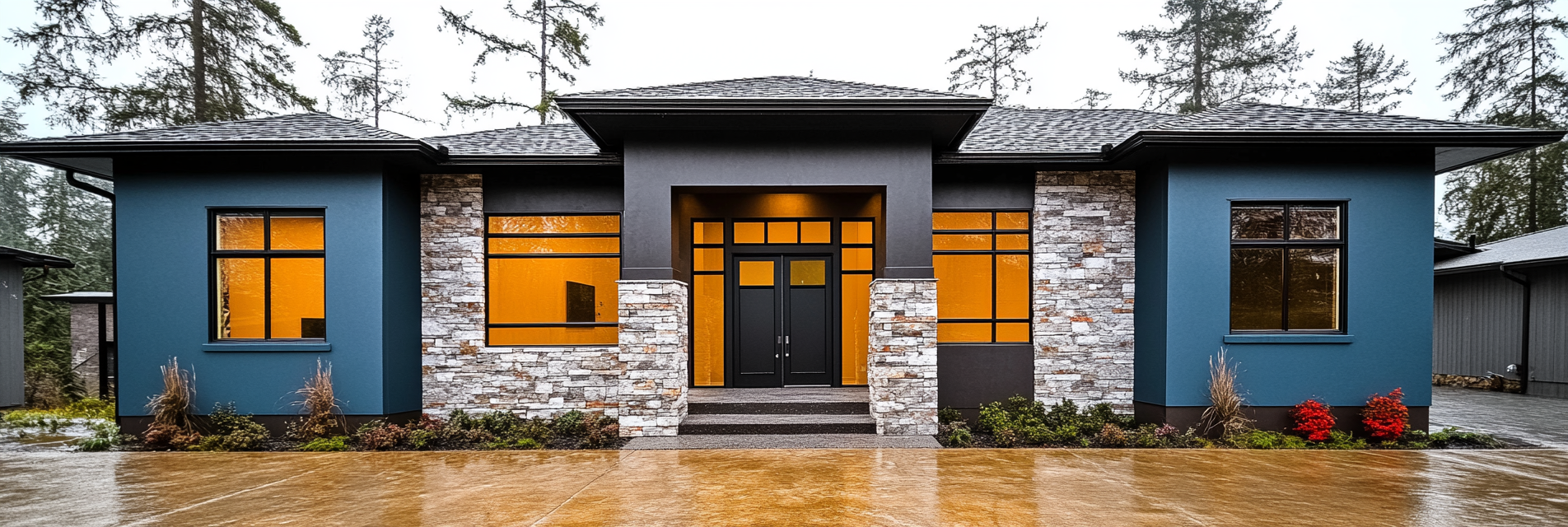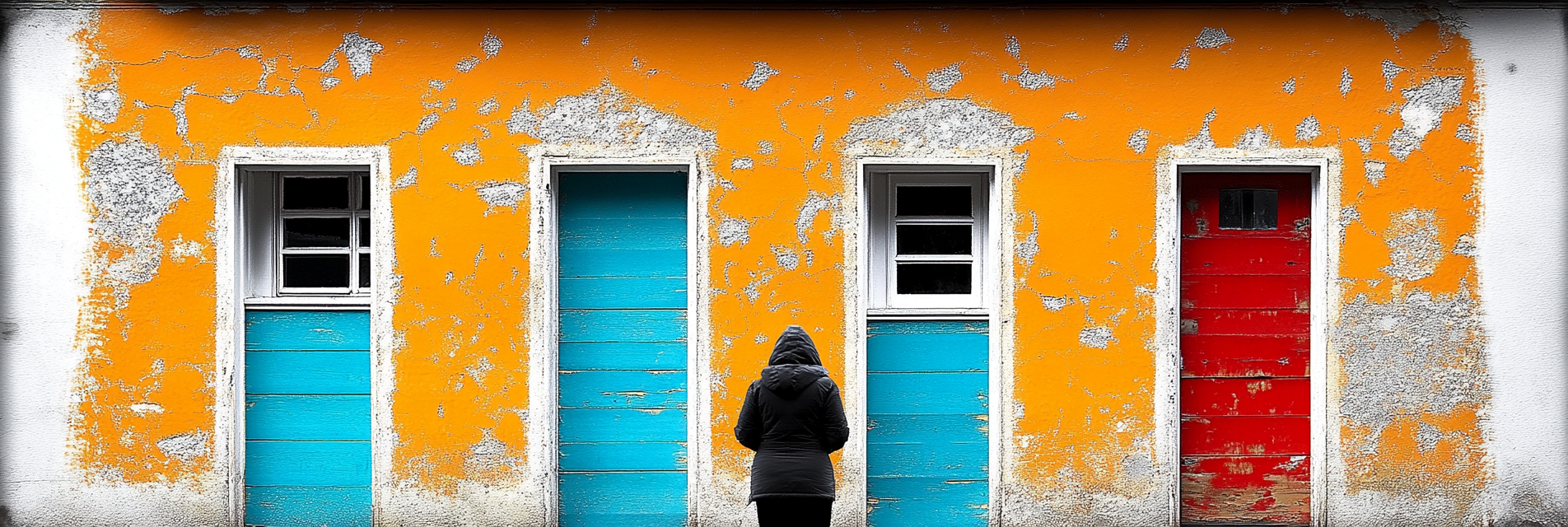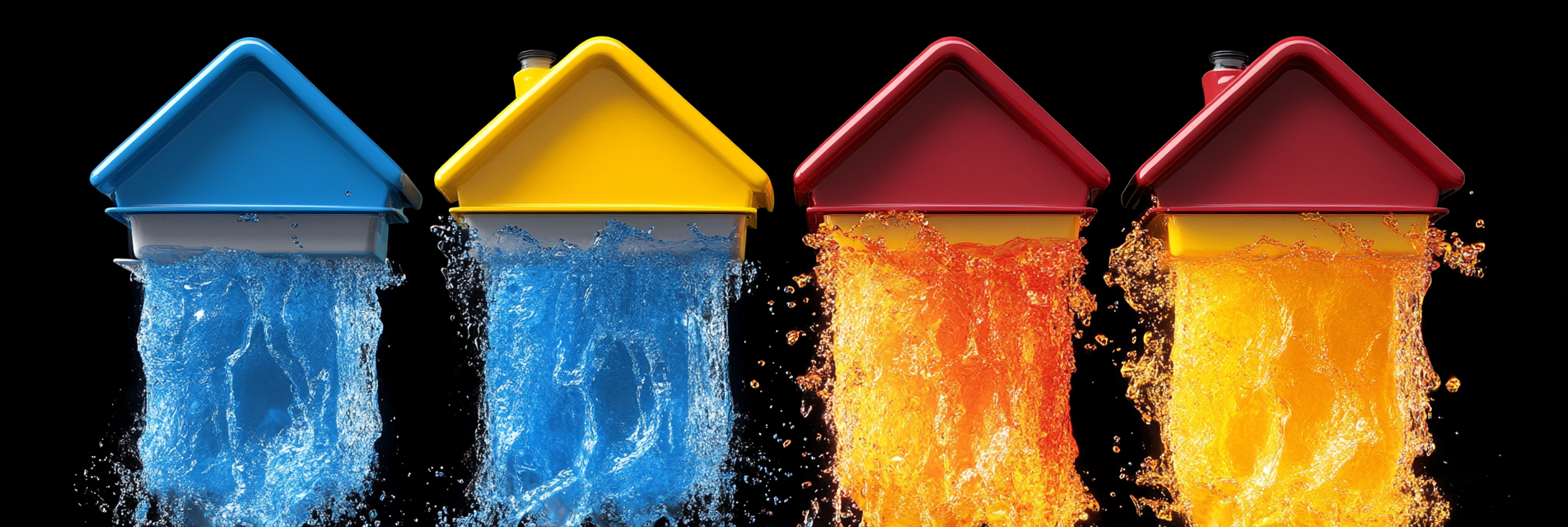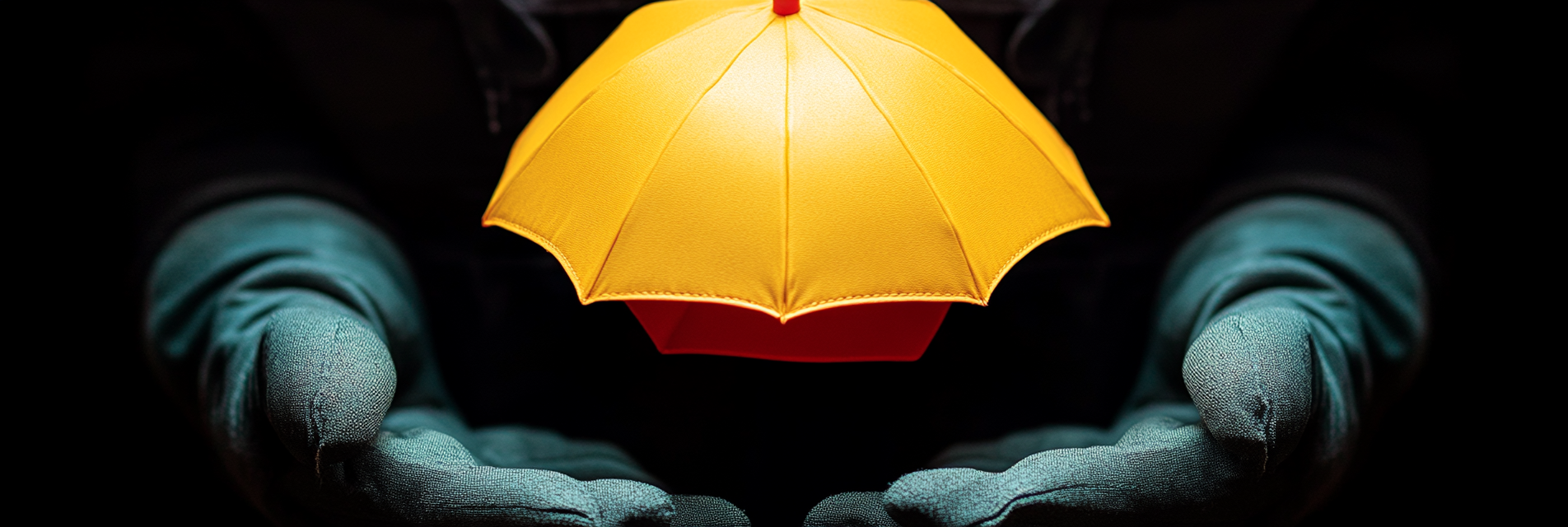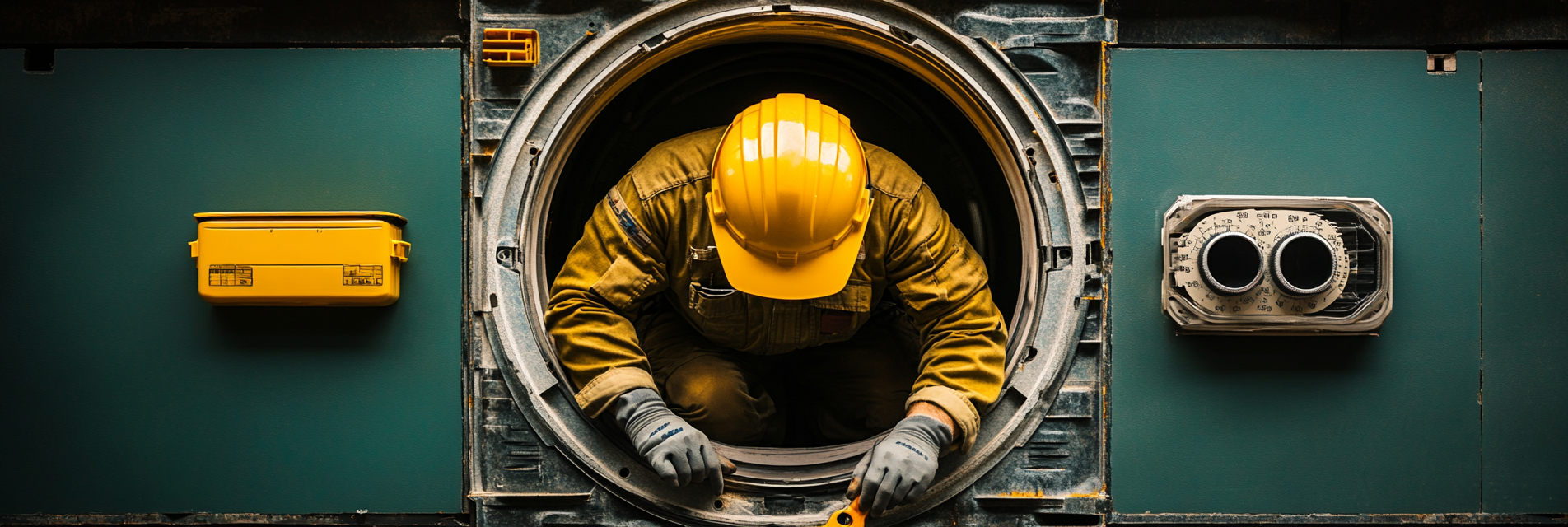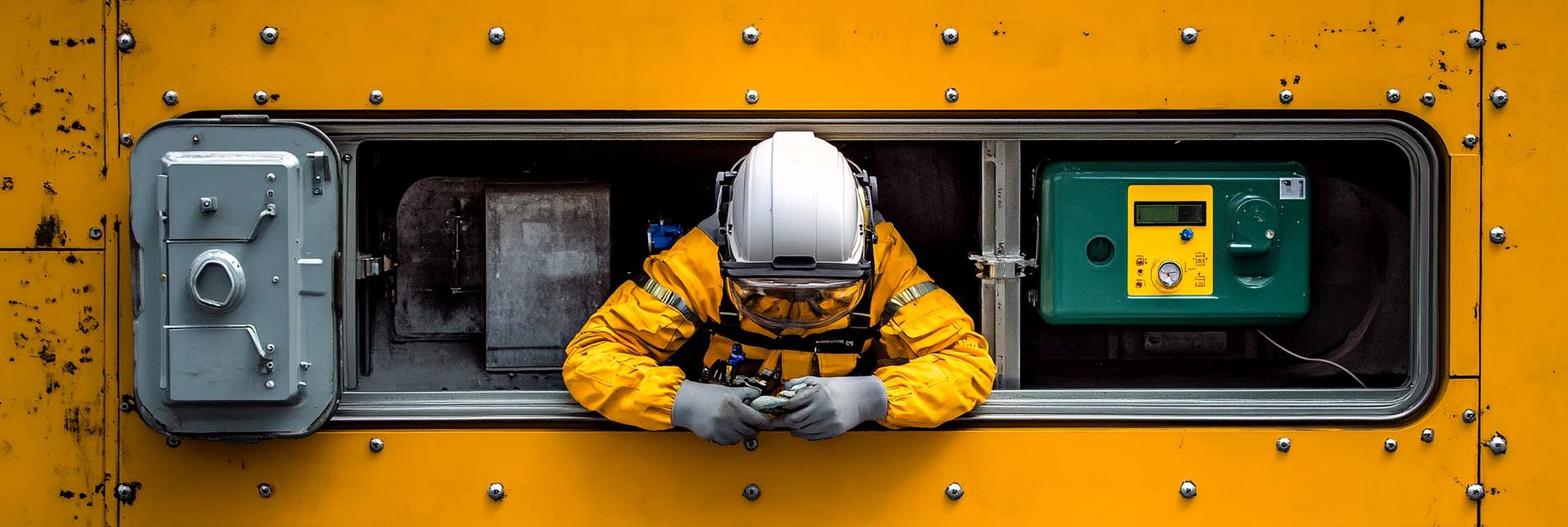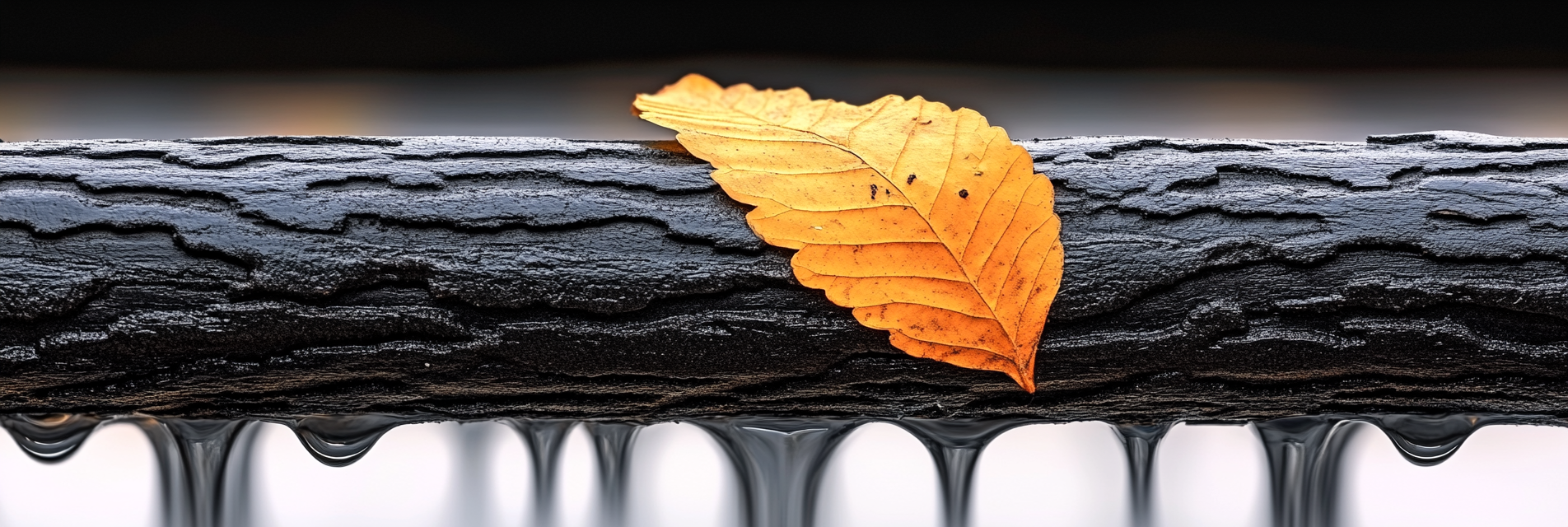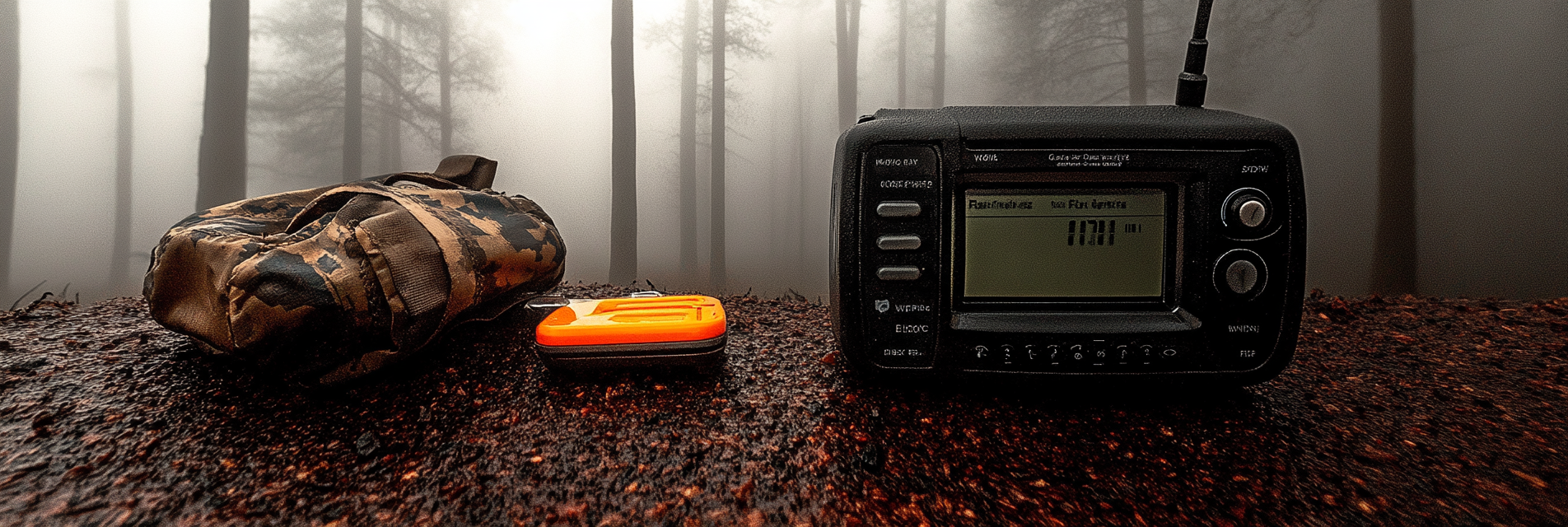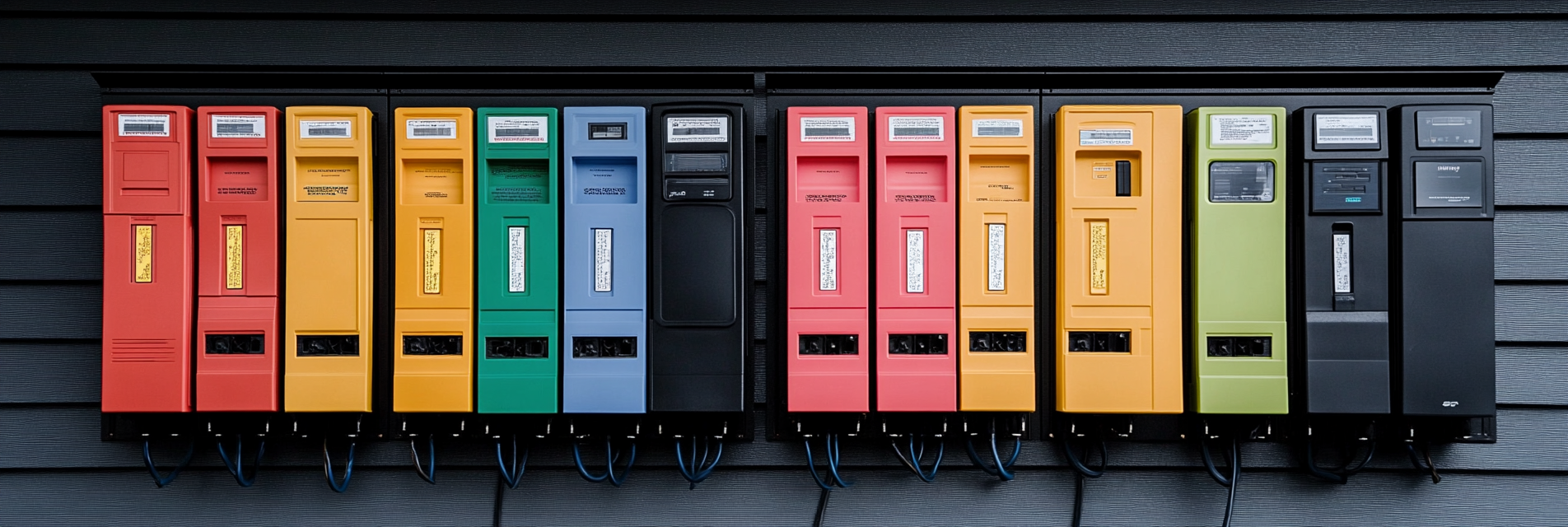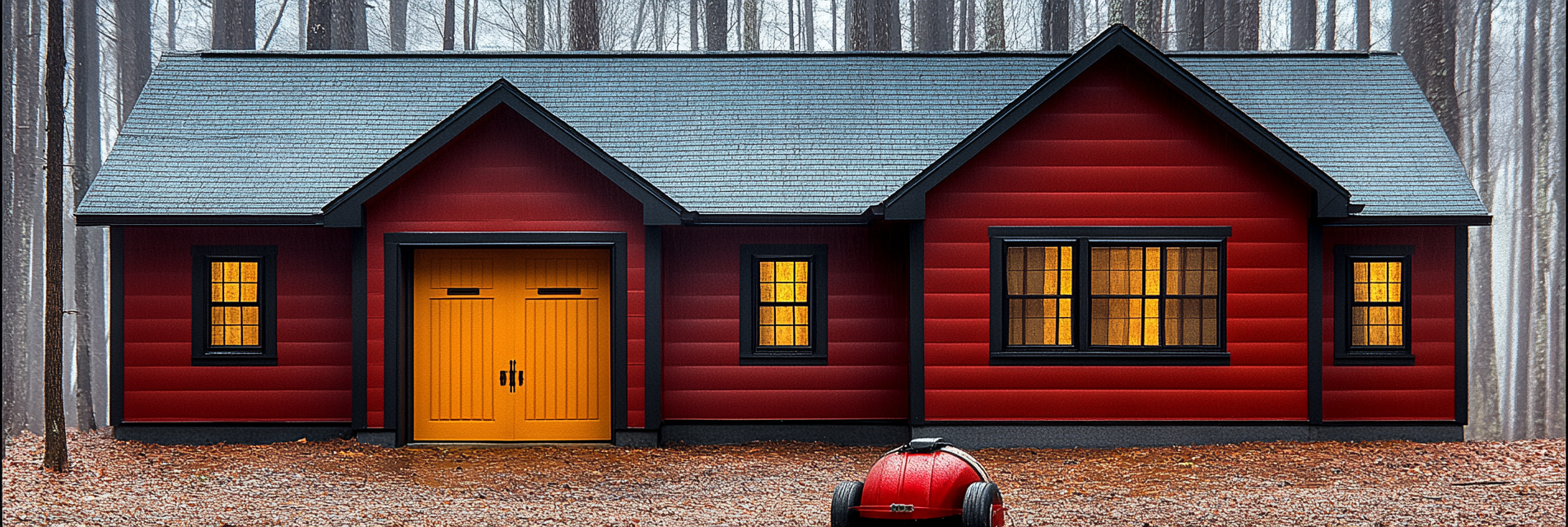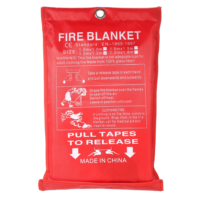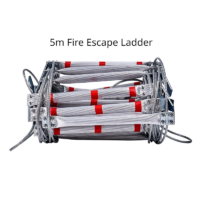When it comes to home safety, having a reliable fire detection system is one of the most important investments you can make. When seconds matter, having a reliable fire detection system can make all the difference. Fires can start unexpectedly and spread quickly, but the right detection systems can give you the early warning needed to act swiftly and prevent disaster. This article explores the top fire detection systems available today, focusing on their unique features, benefits, and why they are essential for comprehensive home safety.
1. Photoelectric Smoke Detectors Photoelectric smoke detectors are ideal for detecting smoldering fires that produce more smoke than heat. These detectors use a light beam and a sensor; when smoke enters the chamber, it scatters the light, triggering the alarm. Photoelectric detectors, such as the First Alert SA511CN2-3ST Wireless Interconnected Smoke Alarm, are known for their reliability and reduced false alarms, making them a smart choice for living rooms, hallways, and near bedrooms.
2. Ionization Smoke Detectors Ionization smoke detectors are better at detecting fast, flaming fires. They use a small amount of radioactive material to ionize air, and when smoke disrupts this process, the alarm goes off. The Kidde i12060A Hardwired Smoke Alarm is a popular choice, offering affordability and effective flame detection. Pair ionization detectors with photoelectric alarms for complete fire coverage.
3. Dual-Sensor Smoke Detectors For optimal safety, consider dual-sensor smoke detectors that combine photoelectric and ionization technology in one device. The First Alert BRK 3120B Hardwired Smoke Detector is a top-rated dual-sensor option, providing comprehensive detection capabilities. This combination minimizes the risk of undetected fires, regardless of the type or origin.
4. Smart Smoke Alarms Smart smoke alarms are the next evolution in home safety. These devices connect to your Wi-Fi network and send alerts to your smartphone when the alarm is triggered. The Google Nest Protect not only detects smoke but also carbon monoxide (CO), provides spoken warnings, and can self-test to ensure continued functionality. Its app integration allows you to silence false alarms and receive real-time updates on your home’s safety.
5. Carbon Monoxide Detectors Since carbon monoxide is colorless and odorless, dedicated CO detectors are a must, especially if your home has gas appliances, a fireplace, or an attached garage. The Kidde Nighthawk Carbon Monoxide Detector is reliable and easy to install, featuring digital readouts of CO levels and an alarm to notify residents of dangerous concentrations.
6. Heat Detectors Heat detectors respond to a rapid rise in temperature and are less prone to false alarms from steam or cooking smoke, making them perfect for kitchens, garages, and attics. The Honeywell 5809 Series Wireless Heat Detector provides reliable temperature monitoring and quick alerts when temperatures spike.
7. Wireless Interconnected Alarms For larger homes, wireless interconnected alarms provide synchronized protection. When one alarm detects smoke or CO, all connected alarms sound the alert. The First Alert SA511CN2-3ST Wireless Interconnected Smoke Alarm offers this feature, ensuring the alarm reaches all parts of the house, including those far from the source of the fire.
8. Combination Alarms Combination smoke and CO detectors save space and offer dual protection in one device. The First Alert SCO501CN-3ST Wireless Interconnected Smoke and CO Alarm combines smoke and CO detection with voice alerts and interconnected capabilities, providing a comprehensive safety solution.
9. Home Monitoring and Fire Detection Systems For an added layer of security, consider home monitoring systems that integrate fire detection. Services like ADT Home Security and SimpliSafe include options for fire and CO monitoring. These systems alert emergency services on your behalf, even if you’re not home, providing peace of mind when traveling or at work.
10. Smart Home Integration If you’re looking to incorporate fire safety into your smart home ecosystem, choose devices compatible with platforms like Amazon Alexa, Google Home, or Apple HomeKit. The Google Nest Protect can be integrated seamlessly with other smart home devices, enabling you to set up automations such as turning on lights or unlocking doors when smoke is detected.
Installation and Maintenance Tips
- Proper Placement: Place smoke detectors in every bedroom, outside sleeping areas, and on each floor of your home. CO detectors should be installed near bedrooms and any gas-burning appliances.
- Regular Testing: Test all alarms monthly and replace batteries at least once a year or as recommended by the manufacturer.
- End-of-Life Replacement: Smoke detectors generally need to be replaced every 10 years, and CO detectors every 5-7 years. Check the manufacturer’s guidelines for your specific device.
Why Comprehensive Detection Matters Fire detection is not just about having one or two smoke alarms in your home. Comprehensive detection involves multiple types of alarms and systems that work together to provide the best protection against various fire scenarios and CO risks. Early detection can mean the difference between minor damage and total loss or, more importantly, between safety and injury.
Paul Lindberg’s Dryer Fire Fighters not only focuses on dryer fire prevention but also educates homeowners on the importance of integrated fire detection systems. Ensuring your home is equipped with modern, reliable fire detection products is an essential step in maintaining a safe living environment.
Conclusion Equipping your home with a comprehensive fire detection system is crucial for ensuring the safety of your family and property. From traditional smoke alarms to smart CO detectors and interconnected systems, today’s technology offers a wealth of options to tailor fire safety to your specific needs. By combining these tools with regular maintenance and professional guidance, you can create a resilient, secure home environment.
Serving the communities of:
Kennewick | Pasco | Richland | West Richland | Finley | Burbank | Benton City | Prosser | Grandview | Connell
As the sole certified dryer exhaust technician recognized by CSIA.org in the Tri-Cities area, Paul brings a wealth of expertise to fire prevention. His primary focus lies in addressing the root cause of many residential fires: lint buildup in dryer cavities and vents. Through rigorous inspections and thorough cleanings, Paul ensures that families and businesses can enjoy peace of mind, knowing their properties are safeguarded against fire risks.


